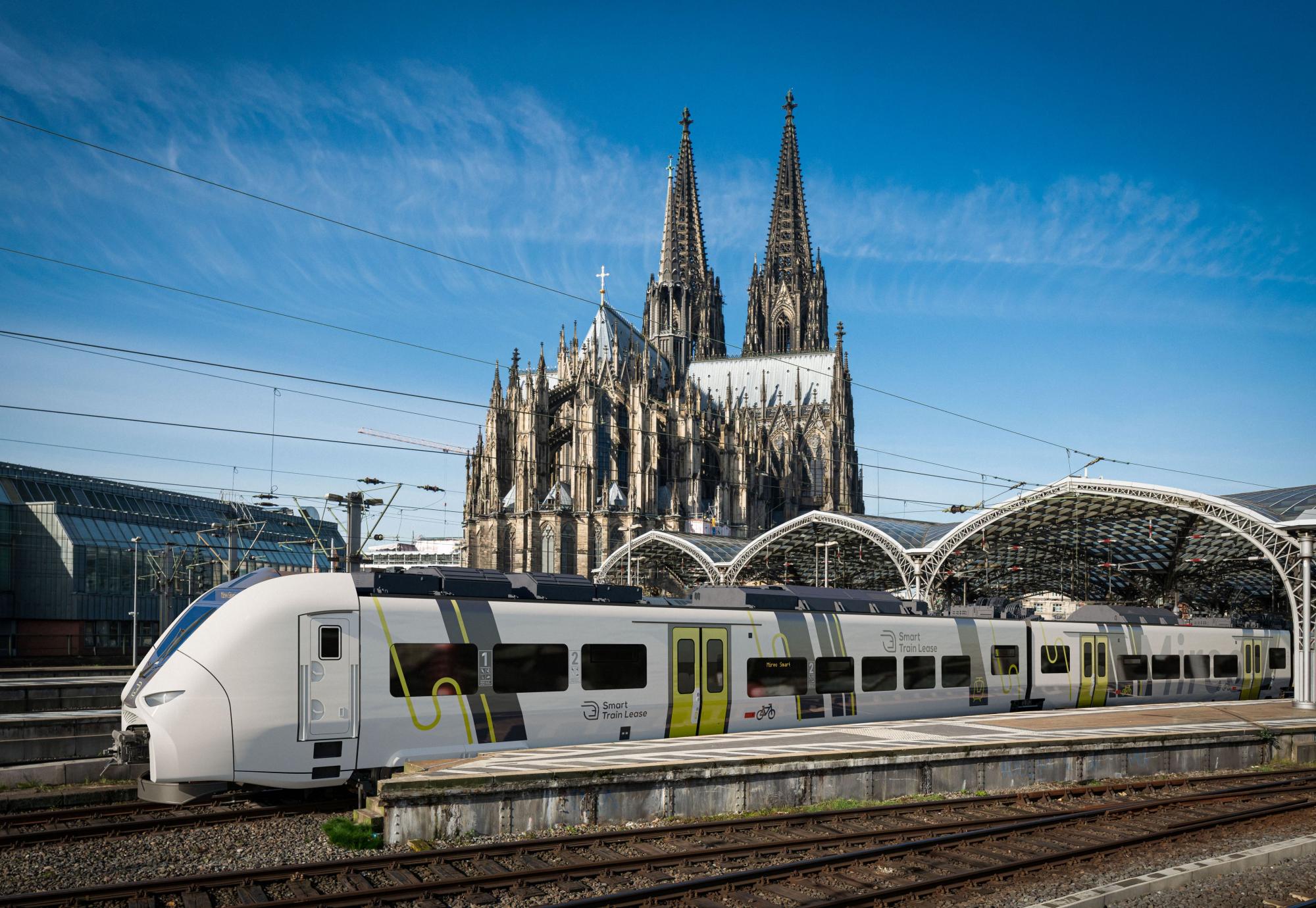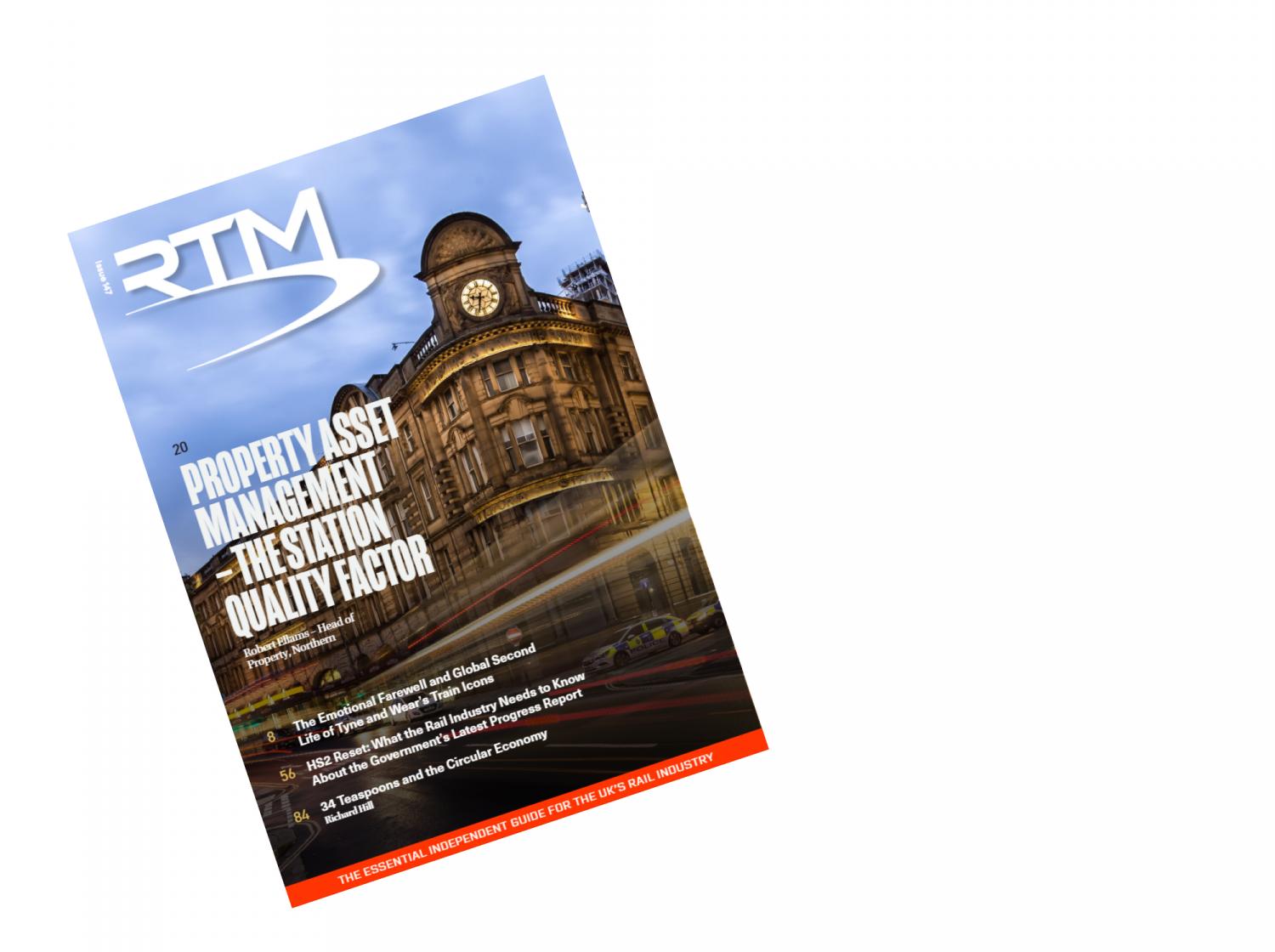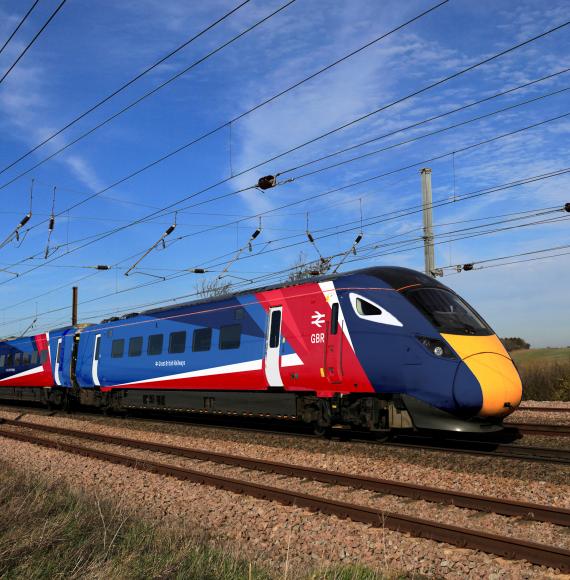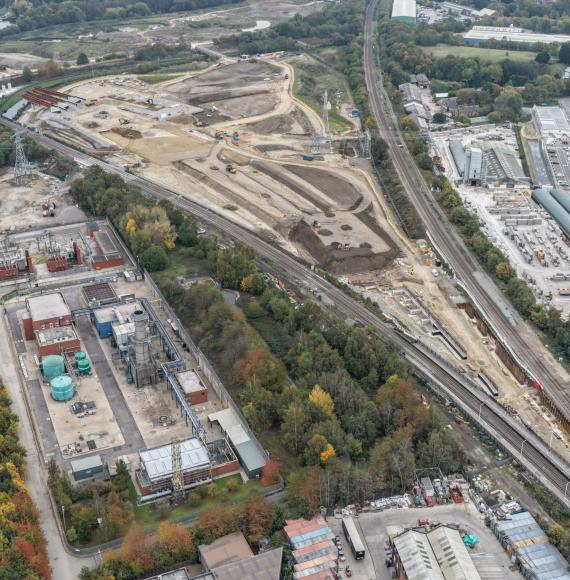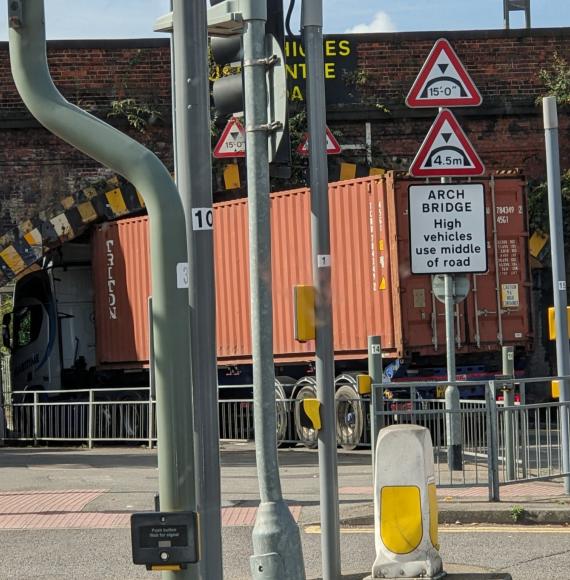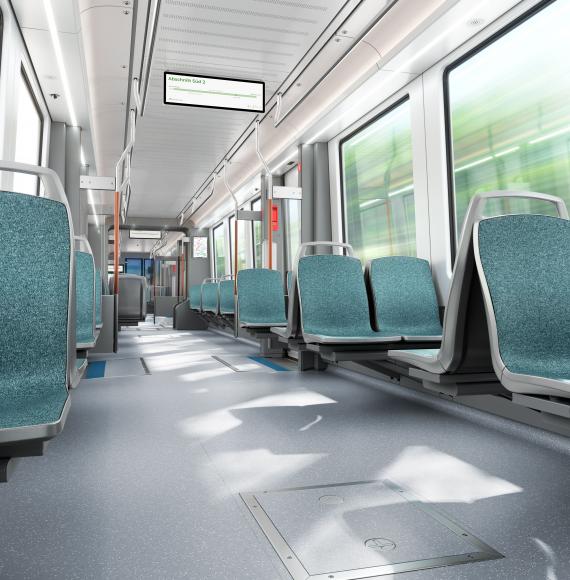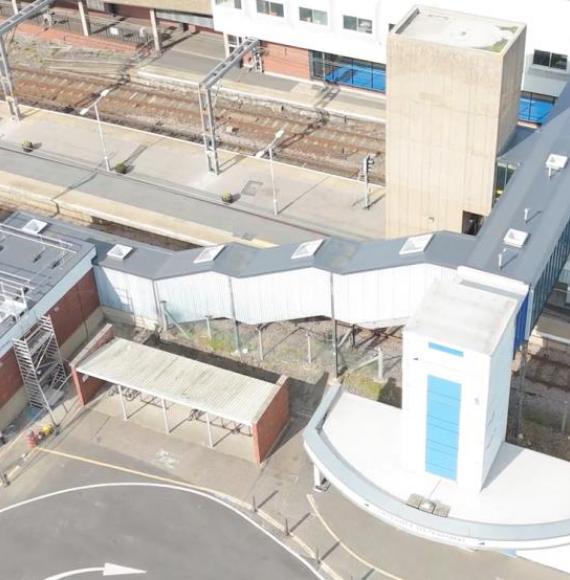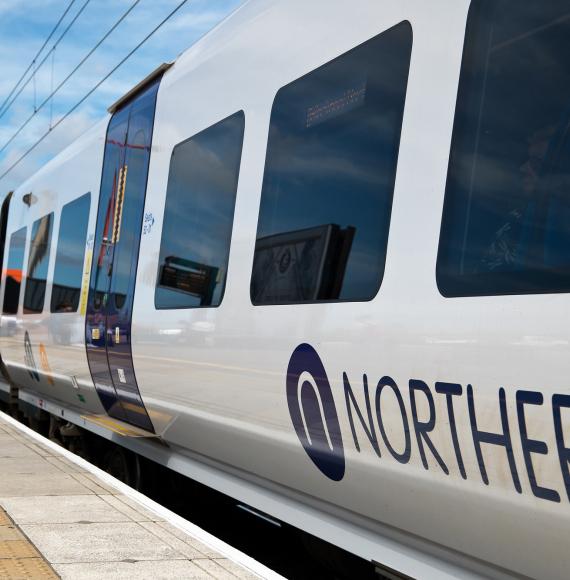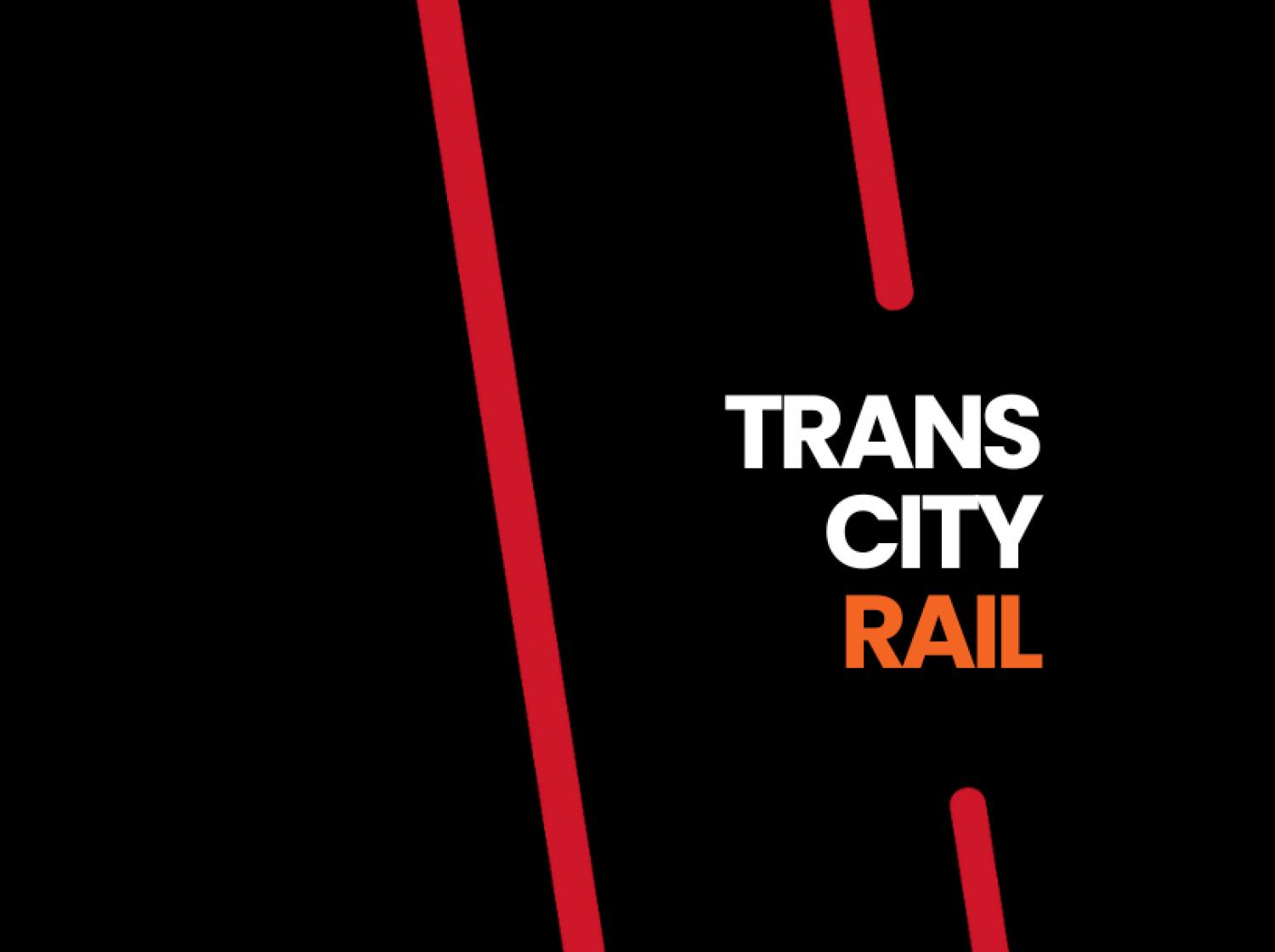In a move that could change regional rail transport, Siemens Mobility has launched Smart Train Lease GmbH, a subsidiary offering flexible rentals of state-of-the-art battery, hydrogen, and electric multiple-unit trains.
The move is aimed to cater for the growing demand for sustainable options of rail stock currently in the market. It will also enable operators to move quickly by allowing flexibility for fleets to be expanded without long-term commitments.
"The mobility transition demands flexible and readily available options," explains Albrecht Neumann, CEO Rolling Stock at Siemens Mobility. "Smart Train Lease addresses this need with a cost-effective, reliable, and speedy rental model for standardised regional trains. It's a game-changer for operators seeking to embrace sustainable technologies and respond to fluctuating demand."
The shift to alternative drive systems from the traditional diesel model has come with challenges. To combat these, Smart Train Lease will be offering operators the opportunity to test and implement sustainable rolling stock without the hefty upfront investments. By doing so, they hope to unlock the opportunities that drive systems like battery and hydrogen presents.
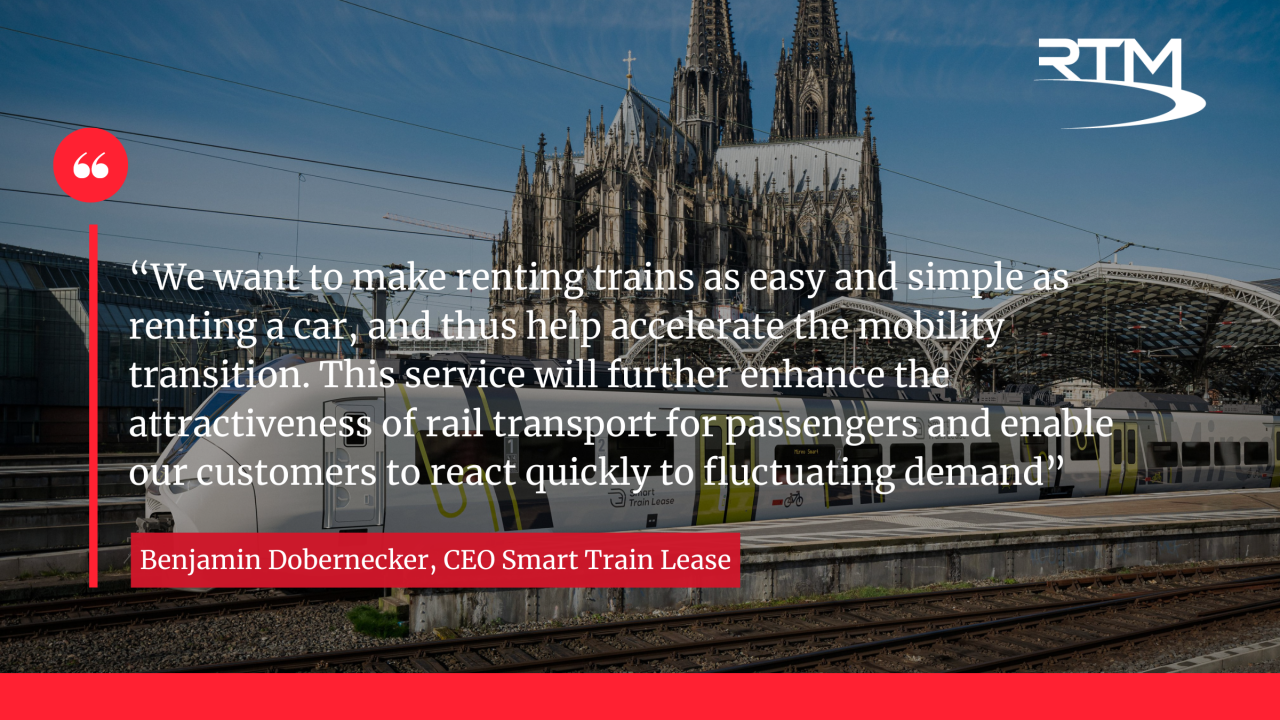
"We want renting trains to be as simple as renting a car," says Benjamin Dobernecker, CEO Smart Train Lease GmbH. "This service enhances the attractiveness of rail travel and empowers operators to adapt to market changes swiftly."
Train rentals are typically limited to long-term contracts that have restrictive terms. Smart Train Lease will offer short and medium-term rentals for single units or small fleets. In particular, operators were unable to rent state-of-the-art regional trains with alternative drive systems, however Siemens hope to change this by offering rental opportunities for its popular Mireo model.
Smart Train Lease will be offering a fleet of the Mireo Smart trains, which have built a reputation for their low lifecycle costs and advanced technology. The company also confirmed that all trains would be equipped with the European Train Control System (ETCS) and the point-based train control system PZB.
Photo Credit; Siemens

